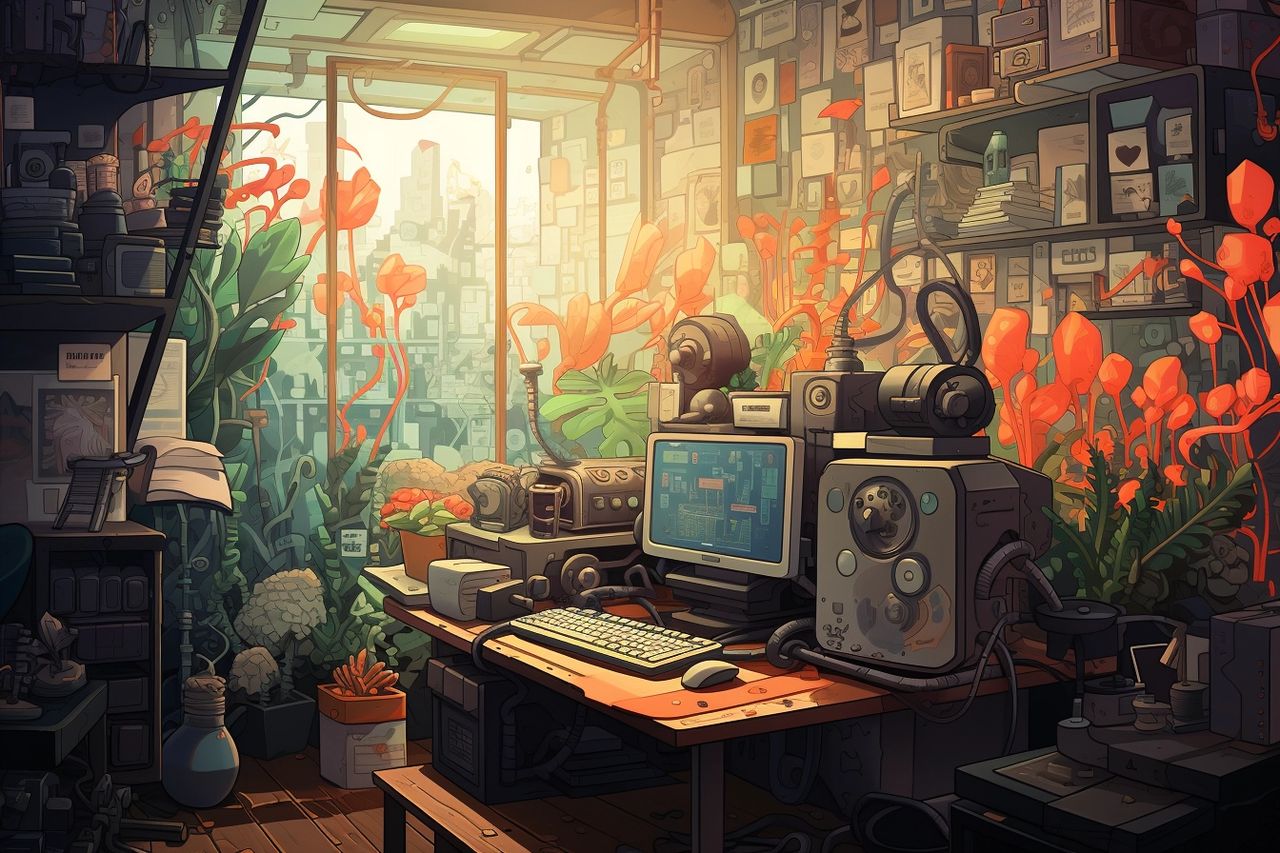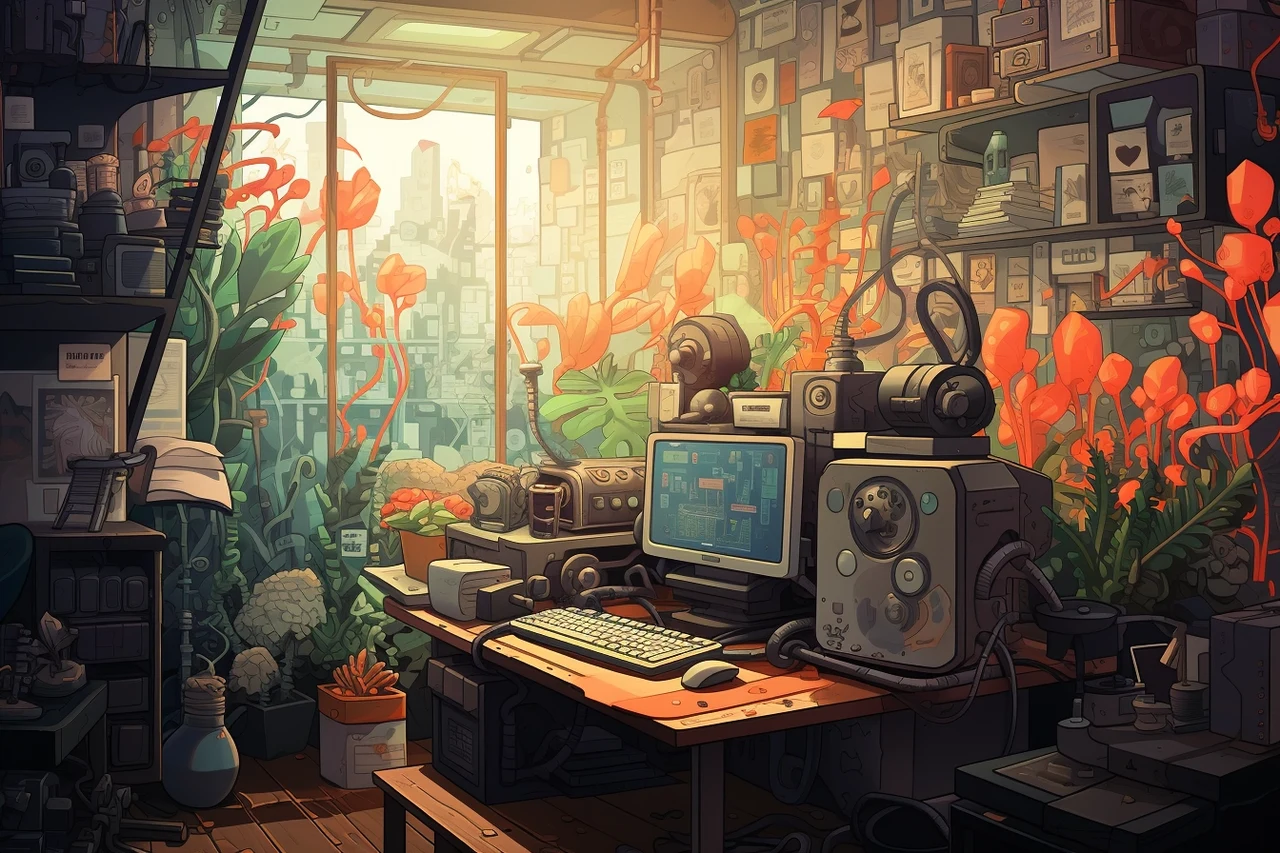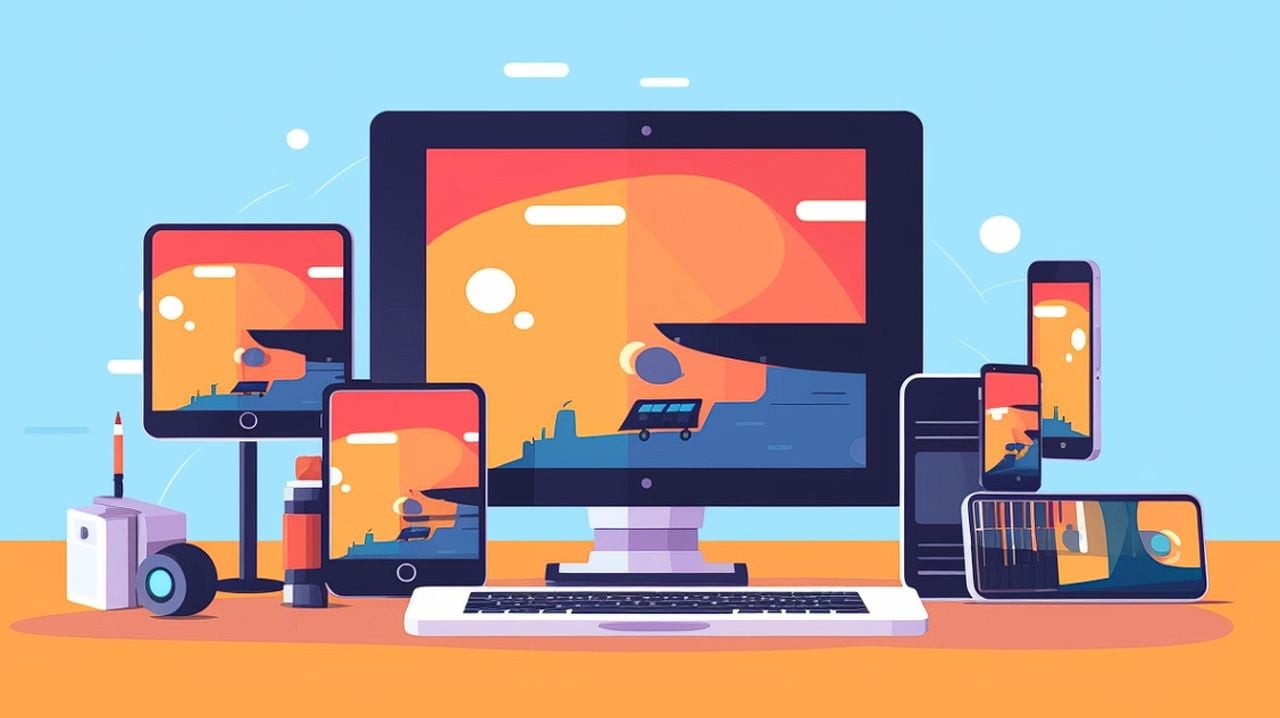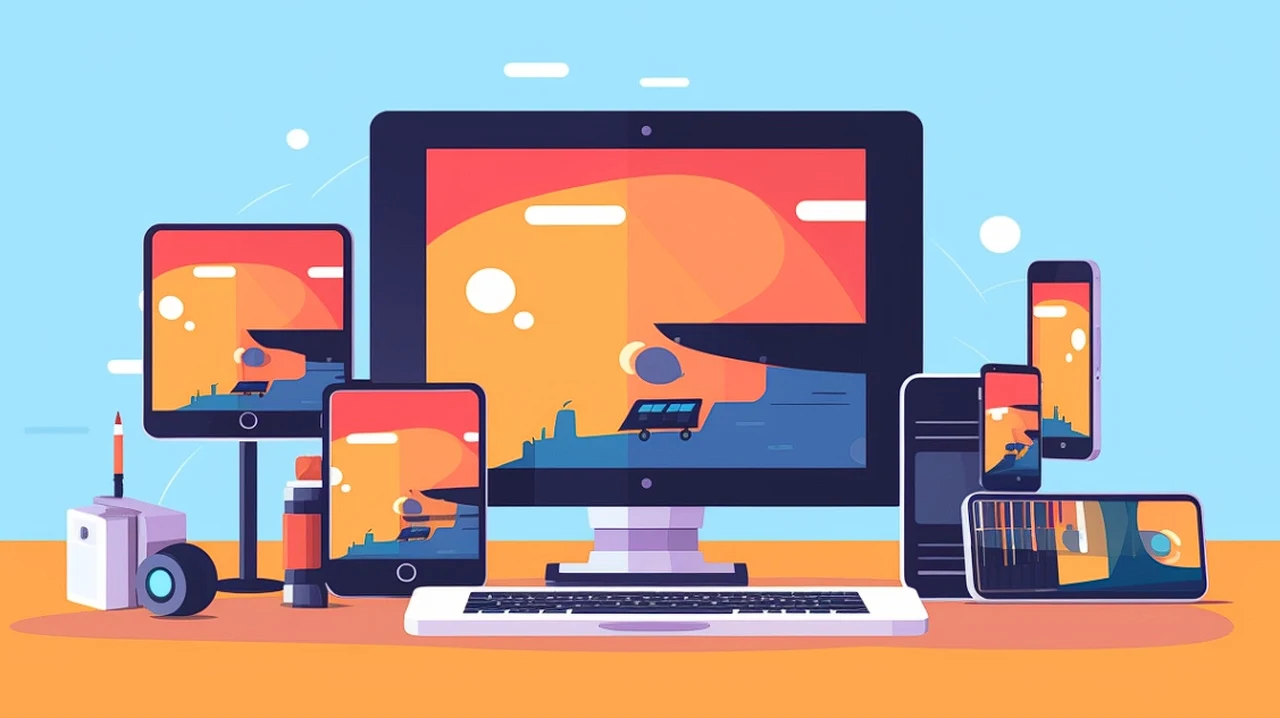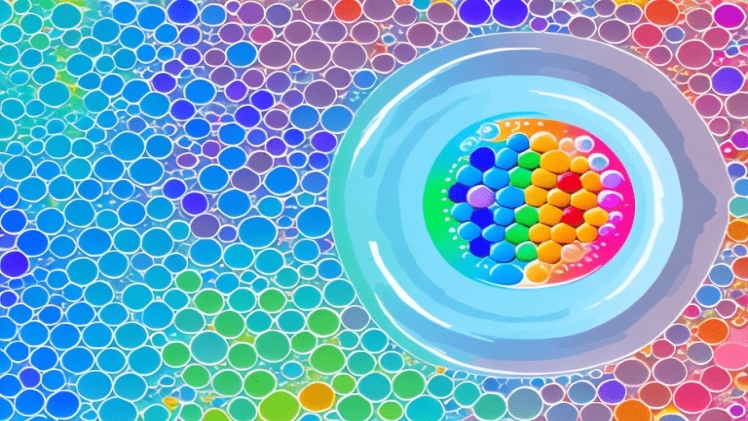[ad_1]
“Dot and Bubble” puede ser considerada una de las películas falsas más grandes del mundo Médico que fecha. Justo cuando crees que sabes de qué se trata – A Espejo negro Una parodia en la que los colonos del planeta Finetime son niños ricos tan obsesionados con las esferas de realidad aumentada de las redes sociales que no se dan cuenta de que las babosas gigantes se los están comiendo literalmente: “Dot and Bubble” lanza una bola curva.
Resulta que los habitantes de piel blanca de Finetime están tan predispuestos hacia el Doctor (Ncuti Gatwa) que rechazan su oferta de salvar la TARDIS y zarpar hacia su perdición.
Muchos fanáticos esperaban que el programa incluyera un posible incidente racista deprimente hacia el primer Doctor de color en su historia, pero parece más probable que llegue en un episodio ambientado en el pasado de la Tierra, como “Rogue” de la era de la Regencia que se estrenará la próxima semana. Inyectar racismo en un entorno futurista es un crudo recordatorio: las actitudes progresistas nunca son un hecho.
Sin embargo, esta no es la primera vez Médico que Fui allí porque se trataba de viajes de la TARDIS y racismo. Revelemos eso, junto con todas las demás referencias y huevos de Pascua en “Dot and Bubble”. Empezando por lo obvio:
“Dot and Bubble” es muy similar a “Nosedive”.
El showrunner y escritor Russell T Davies describió “Dot and Bubble” como un “tal vez”. [Doctor Who’s] El paso más claro para Espejo negro Tierras.” Está claro cuál Espejo negro El episodio al que se refiere: “gota“Los colores pastel de Finetime Residents, creados por la diseñadora de vestuario Pam Downe, hacen eco conscientemente del aspecto del estreno de la tercera temporada de 2016.
“Nosedive” sigue a Lacey (Bryce Dallas Howard) a través de un futuro en el que todos califican sus interacciones entre sí en una escala del 1 al 5. Lacey, que inicialmente estaba obsesionada con sus resultados sociales y ciega a la humanidad básica, eventualmente sale de su su estado de fingir miedo y él aprende a ser real.
Este es el arco que esperábamos de Lindy Pepper-Bean (Callie Cooke) en “Dot and Bubble”: después de todo, ella literalmente está aprendiendo a caminar sola sin la experiencia intermedia de Bubble.
Sin embargo, el elenco de extras exclusivamente blanco, combinado con el hecho de que Lindy literalmente preferiría llamar a la policía que hablar con un hombre negro (el médico), debería darnos pistas sobre alguien diferente. Espejo negro Homenaje – Dado que el mundo de “Nosedive” parece ser étnicamente diverso. El programa de Netflix ha abordado el racismo en episodios como “The Black Museum” y “demonio 79.“
Doctor Who ha hablado antes sobre razas y viajes en el tiempo.
Como era de esperarse, Gatoa fue elegido para ser el Decimoquinto Doctor. provocó reacciones racistas en línea, Una de las cosas que la estrella hizo a un lado: “Creo que necesitan encontrar un pasatiempo”, le dijo a Graham Norton. El espectáculo que dirige no ha rehuido este tema, ya que a través de los compañeros del Doctor se exploran los problemas del racismo a lo largo de la historia.
Historias principales mezclables
La primera compañera de color, Martha Jones (Freema Agyeman), se encuentra con una diatriba levemente racista del propio Bardo en “El código de Shakespeare” (2007), y luego tiene que lidiar con los chistes y actitudes de la Gran Bretaña de 1913 en “Human Nature” ( 2007). (2007) mientras el Doctor (David Tennant) permanece escondido dentro de una versión humana inconsciente de sí mismo.
El médico de Peter Capaldi fue más consciente del problema en “Thin Ice” (2014) cuando llevó a Bill Potts (Pearl Mackie) al hospital. Feria de las heladas del Támesis de 1814. Bell, que acababa de referirse a la “melanina” en el contexto de una Gran Bretaña que aún no había prohibido la esclavitud, señala que la gente del Londres Regency es “un poco más negra de lo que aparece en las películas”.
El médico responde: “Así era Jesús”. “La historia está blanqueada”.
Más tarde (en el video de arriba), Capaldi se encuentra con un aristócrata blanco que llama a Bella “criatura” y “damisela” y le grita que se levante “en presencia de sus superiores”, y luego le ofrece lo que posiblemente sea el más satisfactorio. remate en Médico que fecha.
Pero la frustración de Gatoa y su desgarradora súplica a los residentes de Fine Time (llámame como quieras, déjame salvarte) es seguramente uno de los momentos más devastadores de la serie.
“Dot and Bubble” hace referencias similares a “73 Yards”.

Los amigos de Lindy Pepper-Bean incluyen un nombre familiar (arriba a la izquierda).
Crédito: Disney+
En el episodio anterior73 yardas“, notamos una conexión con otro Russell T Davies Médico que Una historia sobre la futura Gran Bretaña fascista, “Gire a la izquierda”. ¿Es una coincidencia, entonces, que las primeras instrucciones de movimiento que vemos en Bubble de Lindy Pepper-Bean le indiquen que gire a la izquierda?
Asimismo, el nombre de una de las amigas de Lynde, Vivien Knock, hace eco del nombre utilizado por Davies en Years and Years: Vivien Ruck (Emma Thompson) era el nombre de la Primera Ministra fascista. En “The Sound of Drums”, también mencionado en “73 Yards”, una periodista de investigación llamada Vivian Rook expone los malvados planes del primer ministro Harold Saxon, también conocido como Sir John Simm.
¿Coincidencia otra vez? ¿Hay algo así en el programa que claramente esté construyendo algo? Múltiples apariciones de Susan Twist¿Quién interpreta aquí a la madre de Lindy? ¿Podría Davies estar redoblando sus referencias a autócratas inestables por alguna razón?
Este punto les resultará familiar a los fans de “Red Dwarf”.
El dispositivo que crea una burbuja de pantallas de realidad aumentada alrededor de los residentes de Finetime… bueno, digamos que no lo parece Apple Visión Proauriculares incluidos reina Espejo negro Oscilaciones.
La burbuja es un pequeño dispositivo antigravedad que parece flotar en el aire hasta que el usuario ordena “punto hacia abajo, explosión de burbuja”, y también puede ser mortal a alta velocidad (RIP Ricky septiembre).
No hemos visto un dispositivo de este tipo en Médico que Antes, pero lo tenemos en una serie de comedia de ciencia ficción de la BBC. enano Rojo (1988-2020). llamado “abeja ligera,” y se utiliza para crear un holograma del miembro fallecido de la tripulación Arnold Rimmer (Chris Barrie), un personaje irritantemente vanidoso como Lindy Pepper Bean.
Los fallos de Bee Light han sido la base de muchos enano Rojo historias (como en el video de arriba), aunque al menos nunca intentan llevar a Rimmer a las enormes fauces de una babosa gigante.
Cómo mirar: nuevos episodios de Médico que Transmita todos los viernes por la noche a las 7 p.m. ET en Disney+, donde esté disponible. Y al mismo tiempo a medianoche en BBC iPlayer en el Reino Unido. El final de temporada de dos partes se transmitirá el 22 de junio y también se proyectará en los cines del Reino Unido.
Hilos
Disney+
Médico que
[ad_2]
Source Article Link


